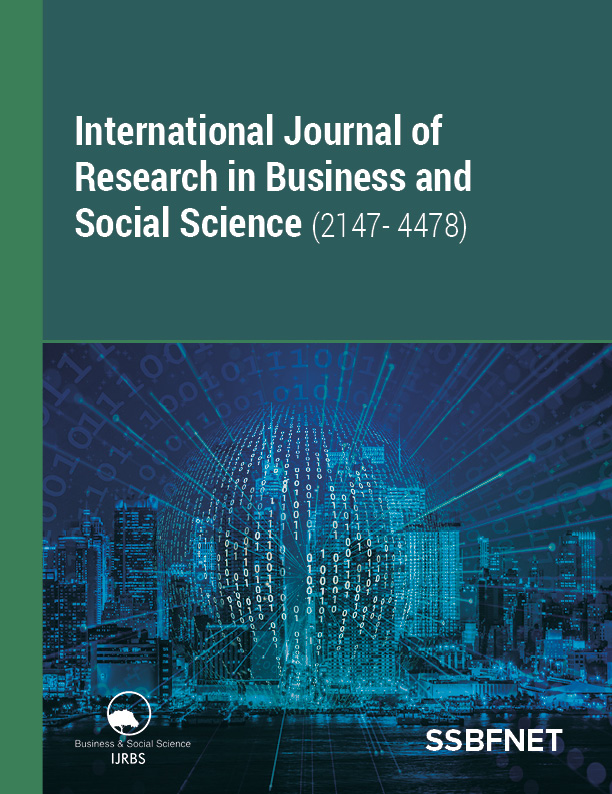
International Journal of Research in Business and Social Science
Yazarlar: WMichael Shibru, Hamdu Kedir, Yonas Mekonnen
Konular:
Anahtar Kelimeler:Leverage Capital Structure Trade-off Theory Agency Cost Theory
Özet: Determining the optimal capital structure is one of the most fundamental policy decisions faced by financial managers. Since optimal debt ratio influences firm’s value, different firms determine capital structures at different levels to maximize the value of their firms. Thus, this study examines the relationship between leverage and firm specific (profitability, tangibility, growth, risk, size and liquidity) determinants of capital structure decision, and the theories of capital structure that can explain the capital structure of banks in Ethiopia. In order to investigate these issues a mixed method research approach is utilized, by combining documentary analysis and in-depth interviews. More specifically, the study uses twelve years (2000 - 2011) data for eight banks in Ethiopia. The findings show that profitability, size, tangibility and liquidity of the banks are important determinants of capital structure of banks in Ethiopia. However, growth and risk of banks are found to have no statistically significant impact on the capital structure of banks in Ethiopia. In addition, the results of the analysis indicate that pecking order theory is pertinent theory in Ethiopian banking industry, whereas there are little evidence to support static trade-off theory and the agency cost theory. Therefore, banks should give consideration to profitability, size, liquidity and tangibility when they determine their optimum capital structure.